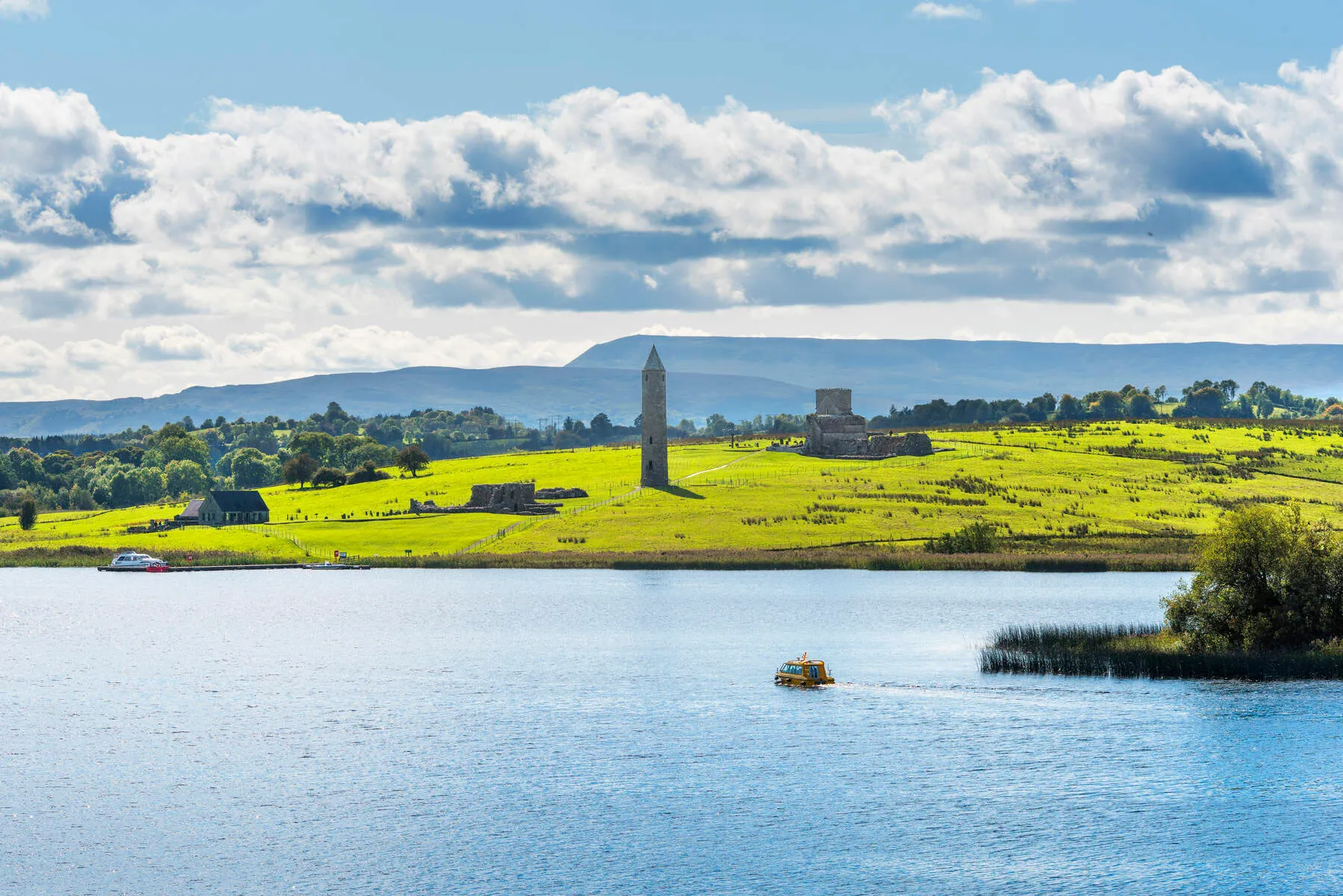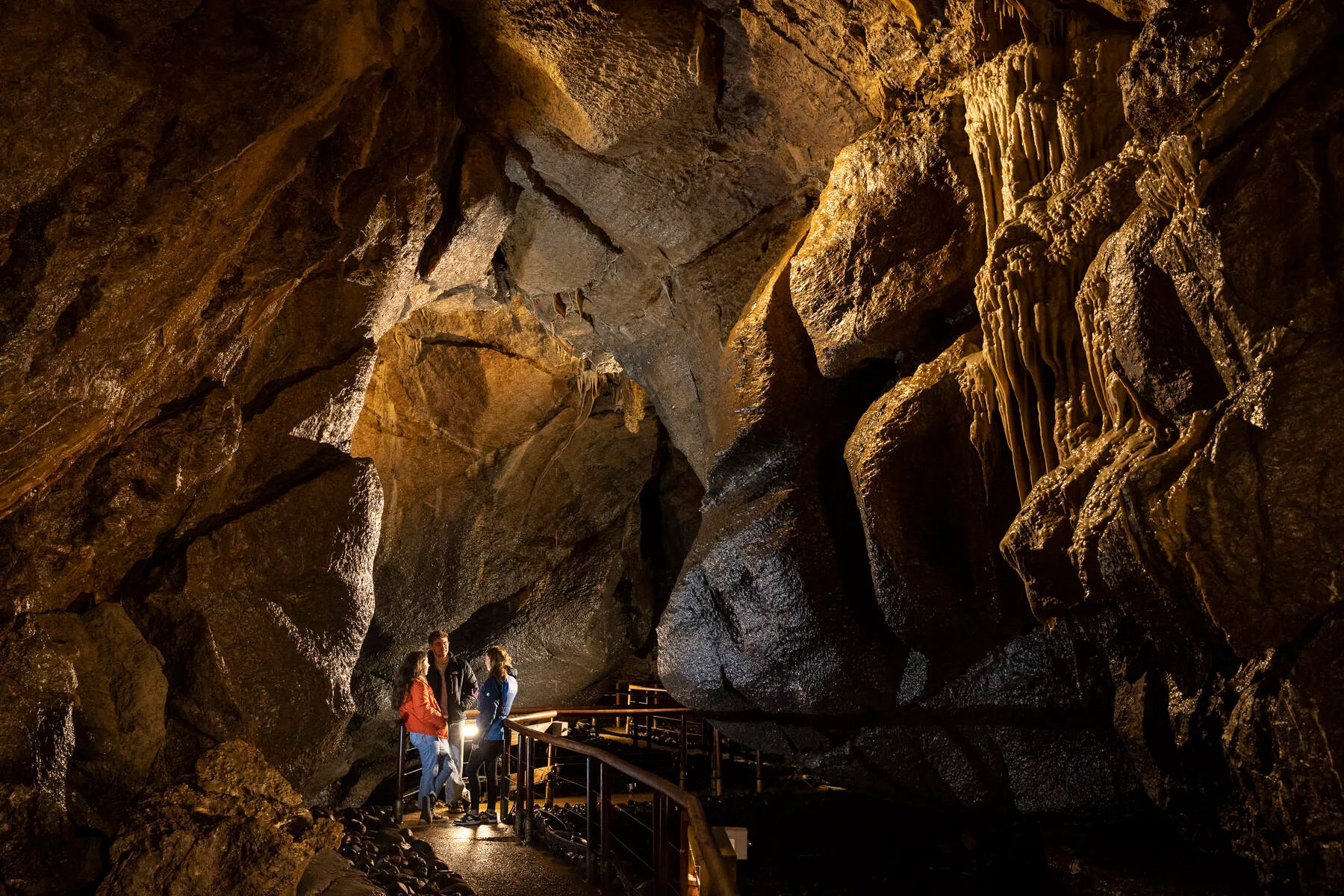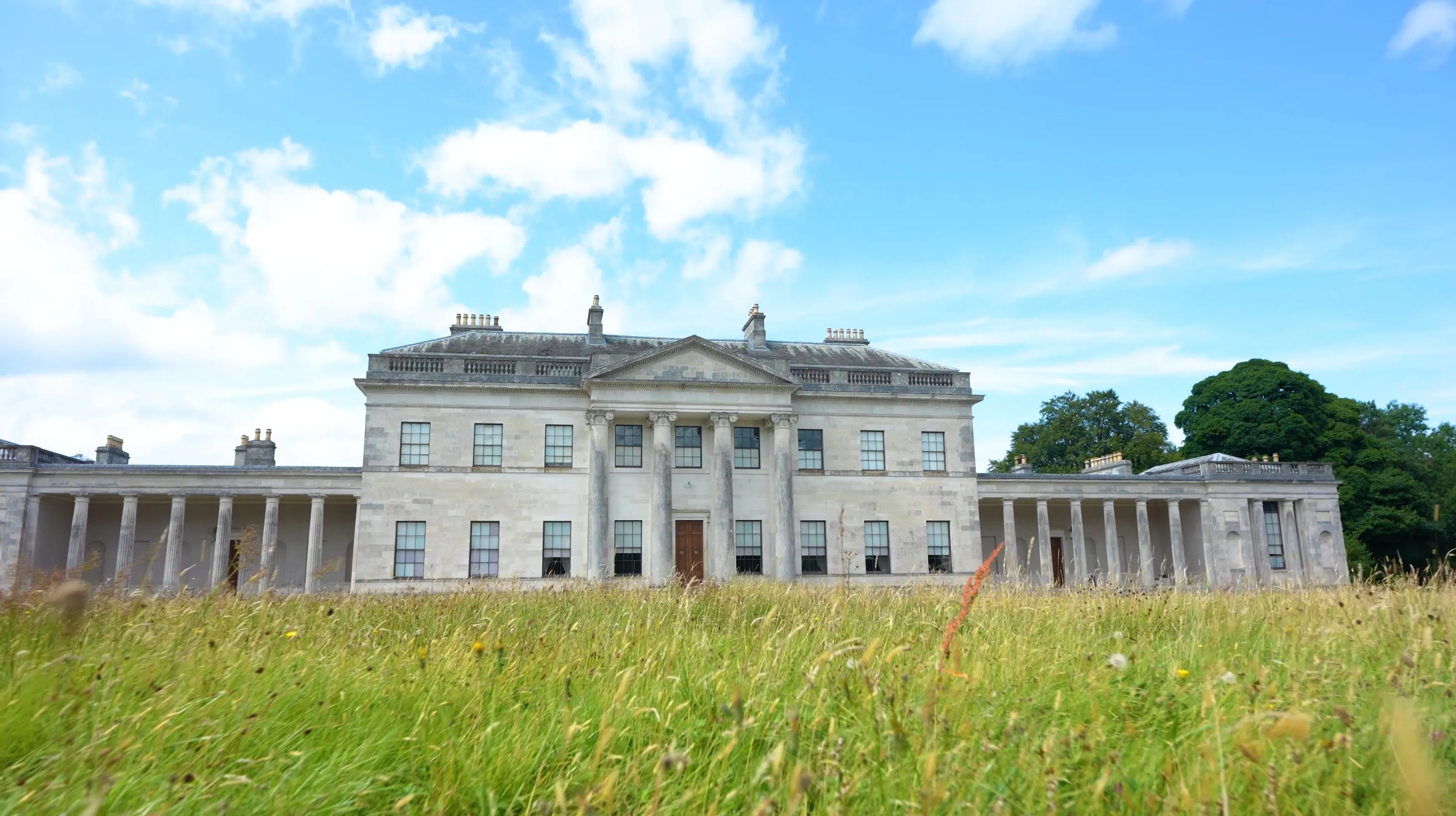Castle Coole is a stunning example of 18th-century neo-classical style, located in the rolling Fermanagh countryside in Northern Ireland. Built for the first Earl of Belmore and finished in 1798, architect James Wyatt designed this elegant mansion to be a real showstopper. Its perfectly symmetrical look, surrounded by carefully planned oak woods and gardens, led architectural historian Desmond Guinness to call it "uncommonly perfect." Now looked after by the National Trust, Castle Coole gives you a real sense of the Georgian era – its grand architecture and the lives of the wealthy family who lived here.
But the history of this spot goes back further than the mansion. While Castle Coole dates from the late 1700s, the area saw centuries of conflict. A medieval castle, now gone, once stood near the River Sillees, linked to the MacMahon clan in the 12th century and later the O'Neills during their fights against the English. Although that older fort was ruined by the 18th century, its story adds another layer to Fermanagh's history, alongside the mansion which represents the wealth and stability brought by families like the Belmores after the Plantation period.
Today, visitors come to admire Castle Coole's blend of beautiful design and practical function. Inside, you'll see incredible craftsmanship: columns made using a technique called scagliola by Bartoli, detailed plasterwork by Rose, and fireplaces carved by Westmacott. Don't miss the State Bedroom, furnished in Regency style for a planned visit by King George IV in 1821, or the basement, which shows how a grand house like this was run behind the scenes. Guided tours share stories of the Belmore family, and the parkland offers lovely walks through old woods and by Lough Coole. Spring brings colourful blooms, and autumn offers golden scenery, but the estate has a quiet beauty all year round.
Castle Coole also has some hidden gems, like its collection of 46 artworks displayed in the State Rooms and coach houses. Major restoration work, like the stonework project in the 1980s led by the National Trust, helps keep the building in great shape while respecting its original features. Exploring the outbuildings – the Grand Yard, Servants' Tunnel, and Ice House – gives you a fuller picture of how this large estate worked. Whether you're interested in design, history, or just a peaceful walk, Castle Coole offers a fascinating look into Ireland's past, letting you wander through different eras within its elegant walls.
Getting There
Parking
Wheelchair-accessible parking spaces are available on-site, and coach parking is provided for group visits. The car park is open during Castle Coole's operating hours (10am-4pm daily), though no specific time restrictions beyond these hours are noted.
During peak seasons or busy periods, consider arriving early to secure a parking spot. Alternatively, the nearest train station lies 2 miles away, offering another transportation option. While no dedicated overflow parking lots are mentioned, the close proximity of the main car park to the attraction ensures visitors enjoy minimal walking once arrived.
Pricing
Admission fees for Castle Coole vary based on visitor type and include the following options (converted to euros at an approximate rate of 1 GBP ~ 1.17 EUR):
- Adult: £4.00 (~ €4.68)
- Child (under 16): £2.00 (~ €2.34)
- Family Ticket (2 adults + 2 children): £10.00 (~ €11.70)
Discounts and Special Offers
- Groups of 10+ people: Enjoy a 10% discount on total admission when booked in advance.
- National Trust Members: Free entry to the castle and gardens.
Additional Information
- A flat rate of £5.00 (~ €5.85) per person is listed for admission to the entire estate and castle. This may apply to seasonal or specific tour packages.
- Guided tours of the castle's interior are available but pricing for these is not specified; check in advance for availability.
- The castle's interior is only open seasonally (typically summer months), while the 1,000-acre estate, gardens, and walking trails remain accessible year-round at no additional cost.
Notes
- Children under 5 and National Trust members enter free of charge.
- No seasonal passes or multi-attraction tickets are explicitly mentioned, though National Trust membership offers broader access.
Nearby Attractions

Devenish Island
Sitting peacefully in Lower Lough Erne, Devenish Island is one of Ireland's most important and best-preserved early Christian sites. It was founded back in the 6th century by St. Molaise, a figure sur...
Distance: 7.3 km

Marble Arch Caves
Deep beneath the Fermanagh landscape lies the Marble Arch Caves, Northern Ireland's longest known cave system and a highlight of the Marble Arch Caves Global Geopark. Three underground rivers – the Sr...
Distance: 13.4 km
